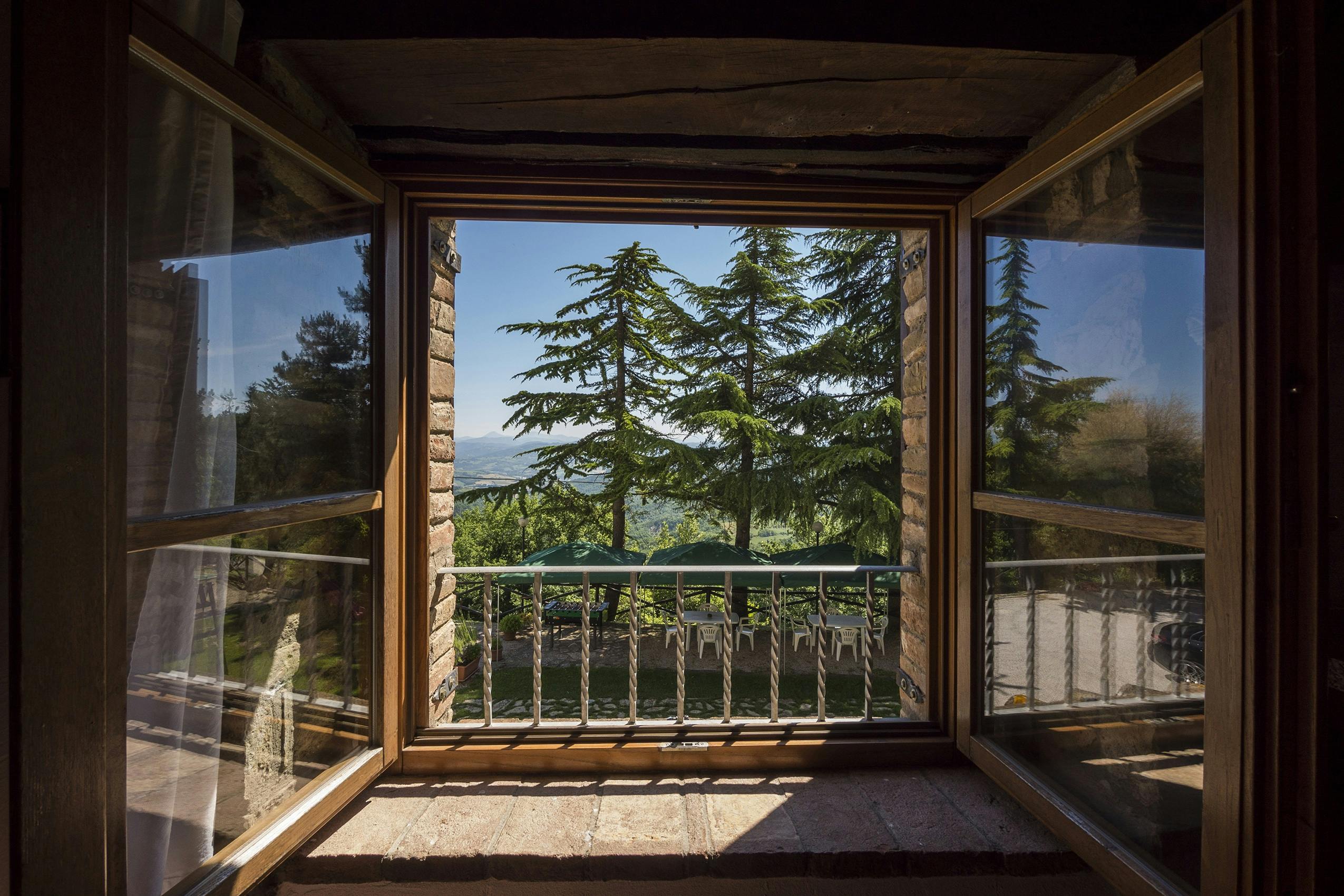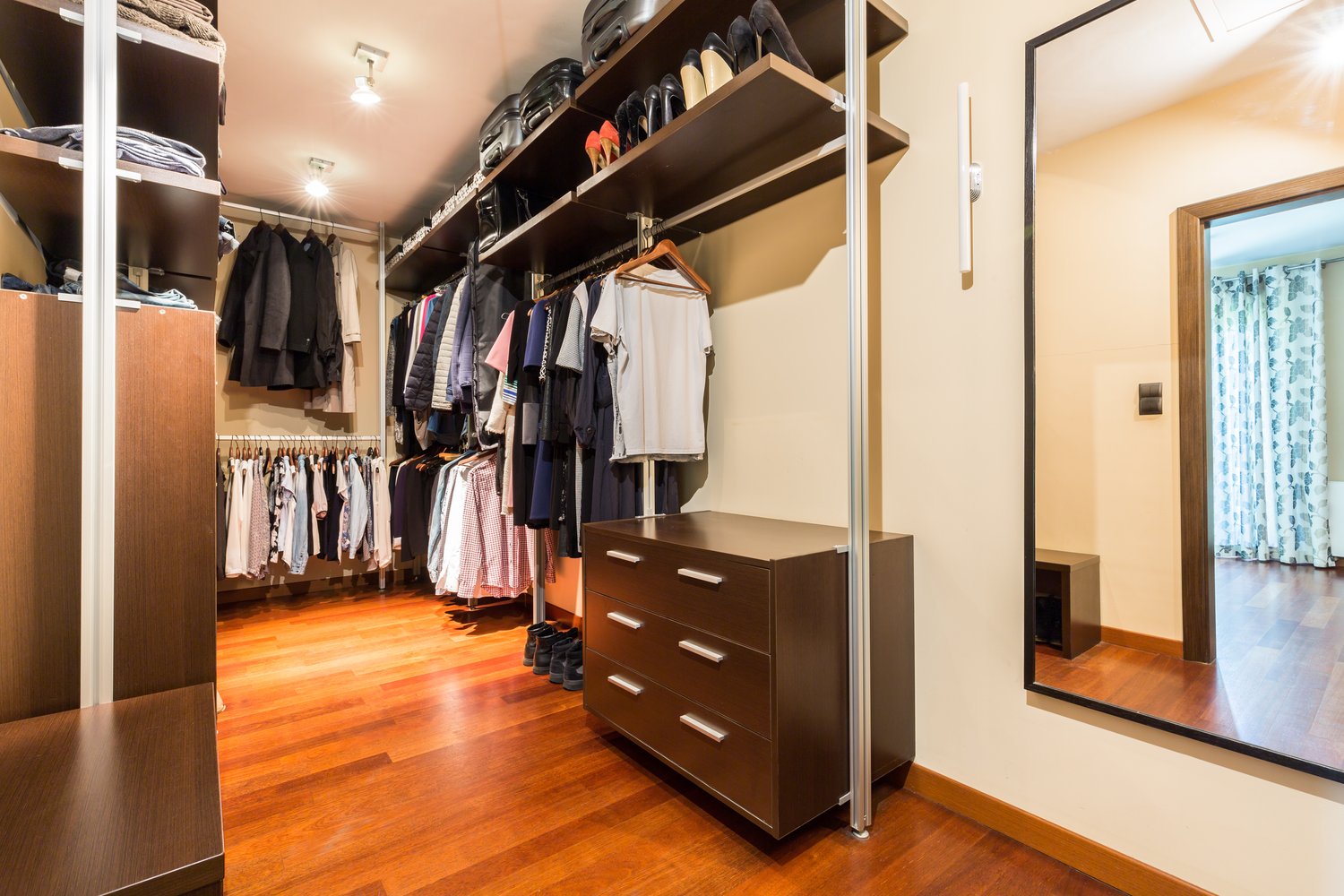When considering home additions that extend your living space into the outdoors, homeowners often find themselves weighing the benefits of various patio enclosure types options. Screened porches, sunrooms, and three-season rooms each offer unique advantages depending on your climate, budget, and intended use. Understanding the differences between these popular outdoor living spaces can help you make an informed decision about which enclosure will best meet your family’s needs and enhance your home’s value. This article compares these three options based on usability, construction requirements, insulation factors, cost considerations, and how well each integrates with your existing home structure.
Understanding the Basic Differences
At their core, these three enclosures represent varying degrees of separation between indoor comfort and outdoor exposure. A screened porch provides the most basic barrier, with mesh screens keeping insects out while allowing breezes in. The screened porch vs sunroom cost comparison typically shows screened porches as the most affordable option, making them popular for homeowners seeking a budget-friendly way to enjoy outdoor living. Sunrooms, conversely, feature full glass enclosures with insulation and climate control systems that allow year-round use regardless of weather conditions. Three-season rooms fall between these two options, offering more protection than a screened porch but without the full insulation and heating/cooling capabilities of a sunroom.
Screened Porches: Simple Outdoor Living
Screened porches offer an affordable way to enjoy the outdoors without worrying about insects or light rain. These structures typically feature a roof matching your home’s design and screened walls that keep bugs out while allowing natural airflow. The flooring can range from pressure-treated wood to composite decking or concrete, depending on your preferences and budget. Because they lack insulation and climate control, screened porches are primarily used during warmer months in most regions. Their relatively simple construction makes them less expensive than other enclosures, with costs typically ranging from $5,000 to $15,000 depending on size and materials. A well-designed screened porch can add significant usable space during pleasant weather and often becomes a favorite gathering spot for families.
Three-Season Rooms: Extended Usability
The three season room definition pros cons revolve around their middle-ground position between screened porches and sunrooms. These enclosures typically feature removable window panels or vinyl windows instead of screens, providing protection from rain, wind, and cooler temperatures. They’re called “three-season” because they extend usability into spring, summer, and fall but aren’t insulated enough for winter use in colder climates. Construction usually includes a concrete foundation, insulated roof, and window systems that can be opened for ventilation or closed for protection from elements. These rooms cost approximately $10,000 to $30,000 depending on size and features. The main advantage is their versatility and longer usable season, while the primary drawback is their limited use during extreme weather. According to experts at AskHomey, three-season rooms offer an excellent balance between investment and functionality for many homeowners.
Sunrooms: Four-Season Comfort
Sunrooms represent the most substantial investment among patio enclosure types options but offer the greatest versatility and comfort. These fully insulated, climate-controlled spaces feature double-pane windows, proper HVAC connections, and construction methods similar to the rest of your home. True sunrooms are usable year-round, even in extremely hot or cold climates, serving essentially as a new room with panoramic views. Their construction requires meeting local building codes for habitable spaces, including proper footings, insulated walls, electrical work, and often a separate HVAC zone. This comprehensive approach explains the significant price difference in the screened porch vs sunroom cost comparison, with sunrooms typically ranging from $30,000 to $80,000 or more. Despite the higher investment, sunrooms add considerable value to homes and provide the most versatile living space among all enclosure options.
Making the Right Choice for Your Home
The best enclosure for your home depends on several factors including your local climate, budget constraints, intended use, and how the structure will integrate with your existing home. Consider how often you’ll use the space throughout the year, whether you need climate control, and how much you’re willing to invest. In milder climates, a screened porch might provide everything you need at a reasonable price. Homeowners in regions with longer shoulder seasons might benefit most from a three-season room’s extended usability. For those wanting year-round use regardless of weather conditions, a sunroom represents the best long-term investment despite its higher initial cost.
Integration with Your Home
Any enclosure should complement your home’s architectural style and feel like a natural extension rather than an afterthought. This integration affects both aesthetics and functionality. Consider how traffic will flow between your main living space and the new enclosure, whether the roofline will complement your existing structure, and how the enclosure will appear from both inside and outside the home. Well-integrated enclosures not only provide enjoyable living spaces but also enhance your property’s overall appeal and value.
For more tips and to connect with reliable home service professionals, follow AskHomey on Facebook and Instagram.



